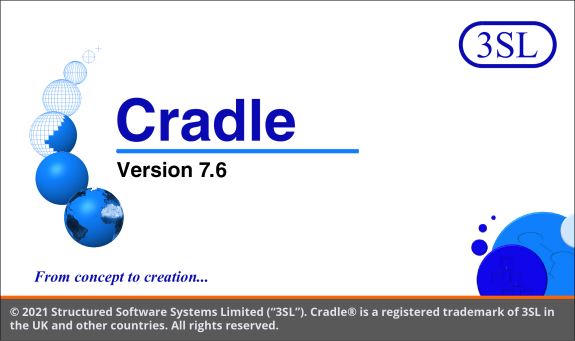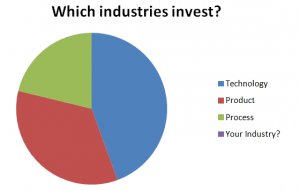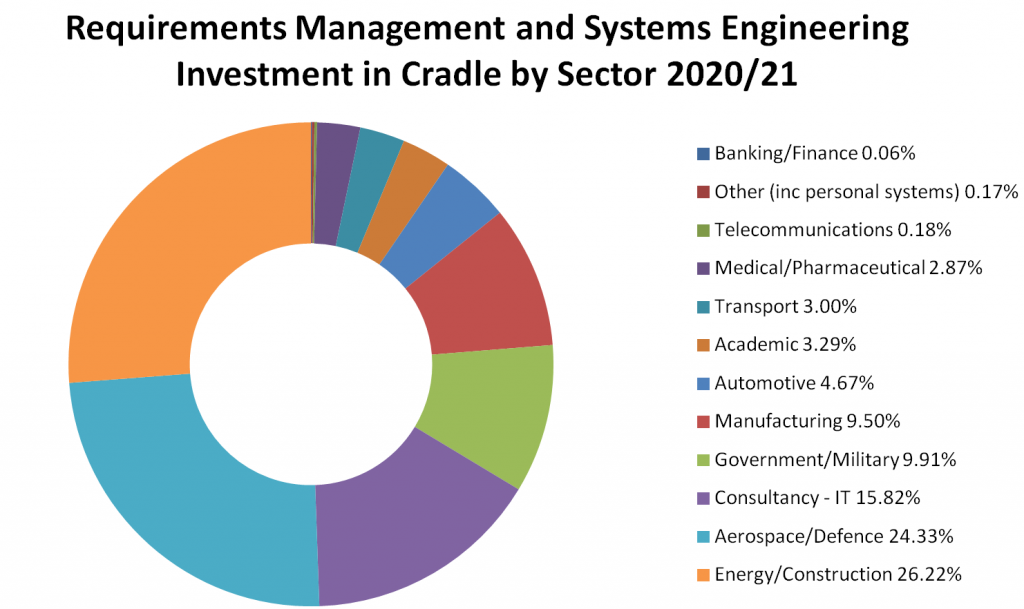or Evergreen
Tree Types
“If you were a tree, what type would you be?” OK, we’re not attempting to delve into a mindfulness session, but drawing a comparison in terms of ongoing development.
Drop or Retain?

Each year deciduous trees protect themselves by shedding their leaves. The likelihood is the water will freeze and damage their leaves, or winter winds will apply a greater force to the trunk. Shedding them before the winter, allows them to renew with vigour the following year. They may also have become damaged in the summer by bugs or ripped in the autumn by winds, the shed leaves will act as nutrients for the following year. Evergreens, however, protect their leaves with a waxy coating and forms of antifreeze. Their leaves are often smaller, so the tree needs more of them to absorb the sun’s energy.
Start Anew
In the following year after the shut down, deciduous trees still retain their main structure, and the knowledge of how to build new leaves. The evergreens have to be content with the quality of the leaves they have, or have to try and grow new ones while simultaneously shedding the old ones. However, they have been able to continue absorbing energy through their leaves all year round.
Renewing Project Elements
Projects undergoing through lifecycle upgrades often have to decide which route to take. Do you remove the facility, rebuild (possibly including changes) and then deploy, or do you attempt to keep all the existing features in place while swapping out old functionality/parts and replacing them with new ones? Partly this will depend on the ‘down time’ that can be tolerated. A strip and replace is often more efficient, if allowed. The advantage projects have compared to trees, is all the new ‘leaves’ can be prepared in parallel, as long as they fit the trunk it’s a shorter operation to remove and replace the leaves. Whilst the ongoing partial replacement may allow continued operation, there are likely to be cases where parallel components/functions during the swap will have conflicts and interactions that will need to be managed. Of course in either case sometimes fiddling round with the leaves brings no new benefits, if the trunk or limbs are not where they are needed a completely fresh start is needed.
Release
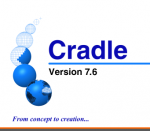
Cradle 7.6.1 is now available for download. For details of the patch release fixes please see https://www.threesl.com/blog/cradle-7-6-1-released/
Social Media
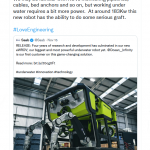 We looked at the power being built into ROVs for underwater repair and construction with Saab‘s eWROV
We looked at the power being built into ROVs for underwater repair and construction with Saab‘s eWROV
We looked at how Roles can speed up administration of Cradle users.
YouTube
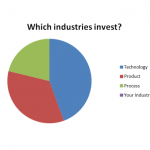
For an insight into which industry sectors are spending on Requirements Management and Systems Engineering, checkout our mini presentation in this YouTube video
Finally
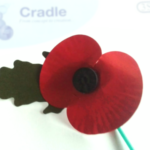
Drawing the November 2021 newsletter to a close, we hope all our customers, suppliers and staff that celebrated Dewali, All Hallows Eve and All Saints day or remembered the defeating of the Gunpowder plot had a happy and safe celebration. 3SL remembered those who fought and fallen on Remembrance day.


